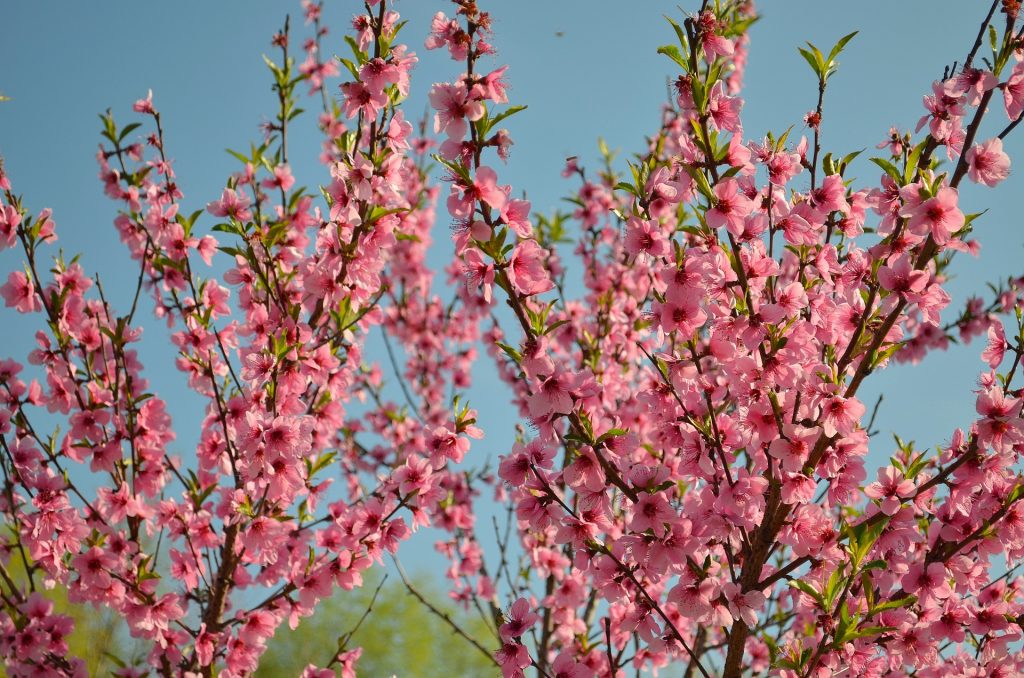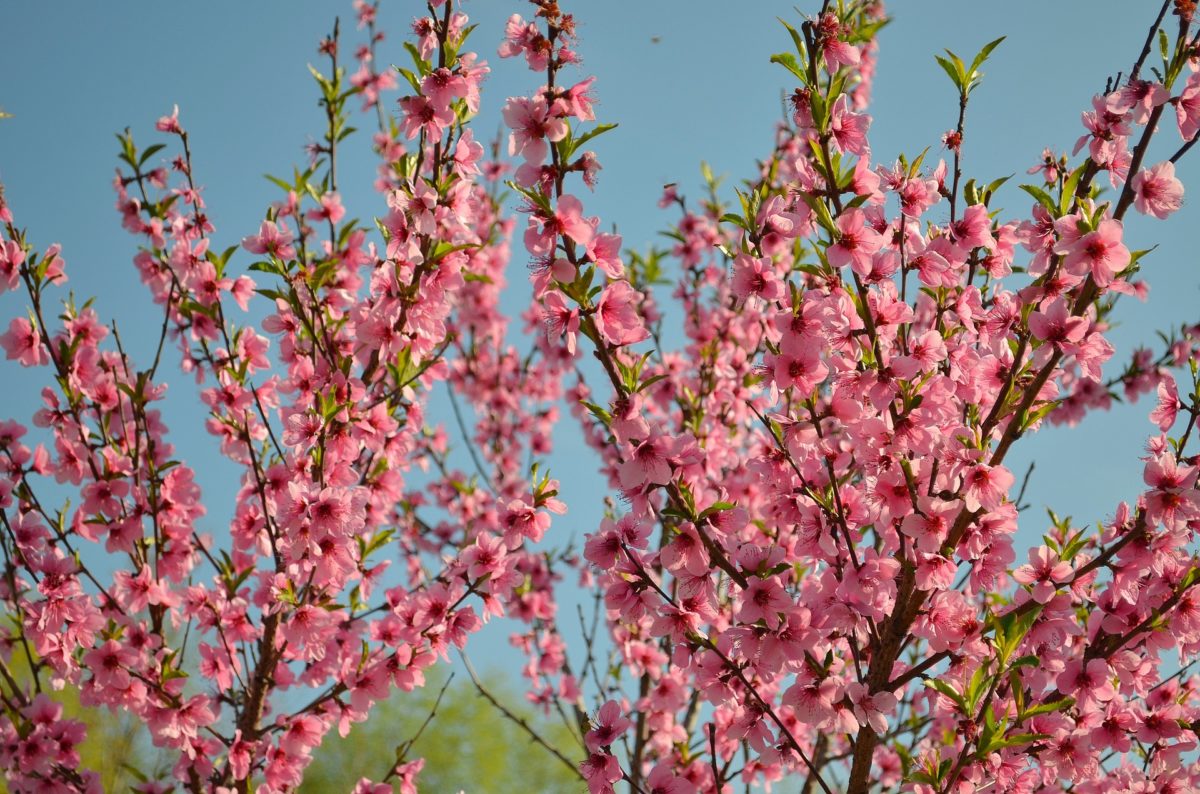By Clint Thompson
The mid-March freeze event stymied peach trees already in bloom in central and northern Alabama. It is a significant loss for producers, believes Jeremy Calvert, who operates J Calvert Farms in Cullman, Alabama,

“I’ve picked 14 crops, and I think this will be my 15th. This is the worst I’ve been hurt,” Calvert said. “We still have a crop, but I’m going to say we’re still around half or so varieties were totally wiped out. We’re somewhere around half or less is what I would guess.
“With my operation we’re geared toward retail. When we start picking peaches, we try not to run out, just to have consistency in production. What’s going to happen is, we’re going to have some gaps. Certain varieties got taken out. There’s no avoiding it, we’re going to have some gaps.”
The warm temperatures throughout February led to early blooms for many of the peach trees. They were susceptible to cold weather on March 20. The prolonged sub-freezing temperatures were too much for the trees to overcome.
“It didn’t matter whether the tree was pruned or unpruned, we were just too far along. I got down to 26 degrees (Fahrenheit). I’ve got friends that got down to 19 and 20 degrees. If we were just open bloom, we could have withstood some of that, but we had a lot of trees at shuck split. They can’t take that,” Calvert said. “At that stage, we can take an hour or two at 28 degrees, but at 26 degrees for any length of time at all, it’s terrible. We stayed at like almost 10 hours below 28 degrees.”
Calvert operates 13 acres in North Alabama. He says the impact varies by variety and some by the trees themselves.
“It all depends on how many closed buds we had when that cold came,” Calvert said. “All the early varieties basically got wiped out. The mid-season varieties seem to have the best crop. The late-season varieties took a hard hit, too. It just all had to do with when that tree bloomed.”
Calvert’s other concern stems from some of his higher chill hour varieties not receiving enough cold temperatures during the winter. It’s a wait and see for those trees.
“It was a first time for us, we’ve never been borderline on chill hours on some 900 to 1,000 chill hour varieties. They’re putting out leaves, but they’re struggling. What peaches we’ve got I think are okay, but honestly, it’s a little too early in the game to tell,” Calvert said.










